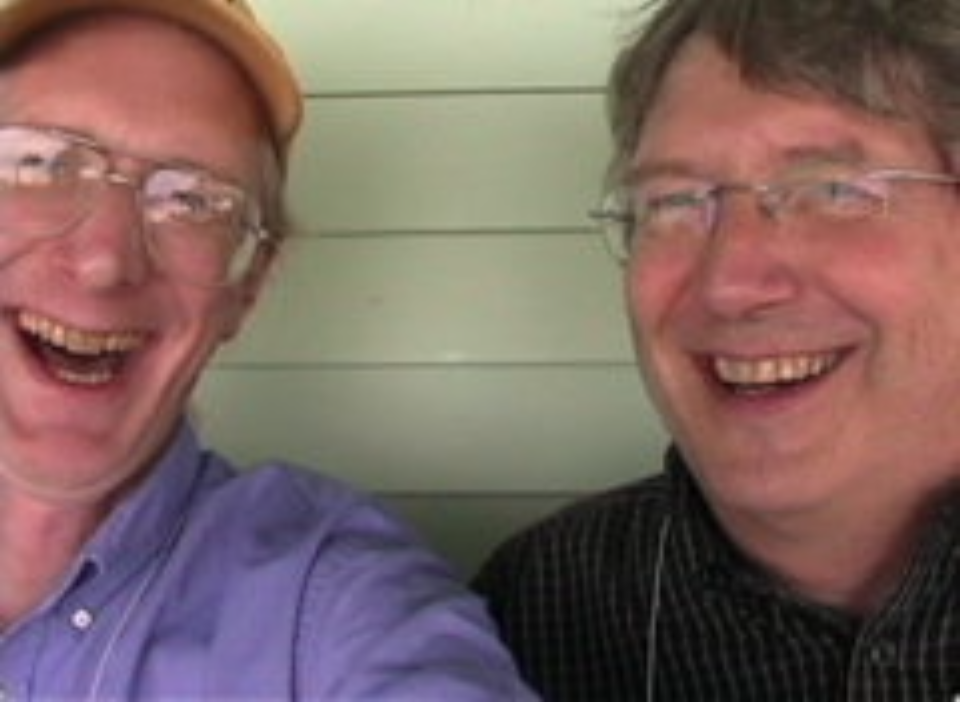At one of my favorite used bookstores today, I came across a book titled African American Religious Studies (ed. Gayraud S. Wilson, Duke Univ, 1989). I’m always a sucker for books on religious studies, so I leafed through it, and in an article by Cheryl J. Sanders titled “The Woman as Preacher,” I came across a list of 17 homiletical tasks undertaken by preachers in the African American tradition.
Sanders was interested in figuring out whether there’s a difference between what women and men preach in the African American church tradition. But I was interested in the tasks in their own right, as a way to analyze the sermons I hear, and the sermons I write. Below you’ll find my paraphrase of Sanders’s 17 tasks. (In some cases, I have done a little translation from the African American church to the peculiarities of Unitarian Universalism.) Following Sanders’s original list, these tasks are listed in alphabetical order:
- Affirming — Speaking in positive terms to the congregation, especially about what the congregation is doing.
- Celebrating — Calling attention to the joy of worship.
- Criticizing the church — Pointing out the shortcomings of the congregation, the wider denomination, or more general categories of religious community/institution.
- Criticizing society — Especially, criticizing unjust social structures and social systems.
- Exegeting scripture — A critical analysis of religious scripture.
- Exhorting — Exhorting lsiteners to act or exhibit some virtue.
- Interpreting scripture — Different from exegeting scripture, expounding on the significance of a particular religious text, with an emphasis on the text’s application.
- Inviting hearers to commitment — In a traditional Christian church, this would be followed by an altar call; in a Unitarian Universalist context, this might be followed by a request for deeper financial commitment, volunteer commitment, etc., but more immediate than no. 6, exhorting.
- Observing a liturgical event
- Proclaiming an eschatological vision — Broadly speaking, a look towards ultimate, or last, things. John Murray’s words, “Give them hope, not hell,” would fall into this category.
- Quoting lyrics of hymns — Using hymn lyrics as authoritative sources, or as a summary of the sermon.
- Quoting lyrics of Negro spirituals — Negro spirituals can be considered as a repository of history and culture, as well as a cultural tradition, that goes beyond denominational boundaries. Predominantly white Unitarian Universalism has no homiletical task exactly like this; references to popular culture fall under no. 17.
- Quoting poetry or drama
- Storytelling — Telling the stories from religious scripture.
- Teaching — A more formal and structured presentation of information.
- Testifying — The preacher tells about her or his personal witness of the self-disclosure of the divine in her or his life.
- Translating religious scripture into the vernacular — Different from storytelling, insofar as stories have more of a timeless quality.
Looking over this list, I find that I tend to neglect some of these homiletical tasks — e.g., I rarely, if ever, engage in testifying. I also find that I have a tendency to favor certain of these tasks — e.g., I’m more of a teacher than a storyteller, and more interested in exegesis than translating scripture into the vernacular. Not that I believe that every preacher should exactly balance all of these tasks over the course of a church year. But this list of homiletical tasks does help me to evaluate myself, and better understand what kind of preacher I am — and it helps me to realize what sorts of churchgoers are not going to be satisfied by my sermons.

